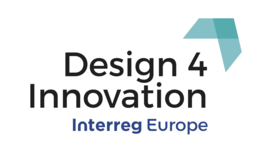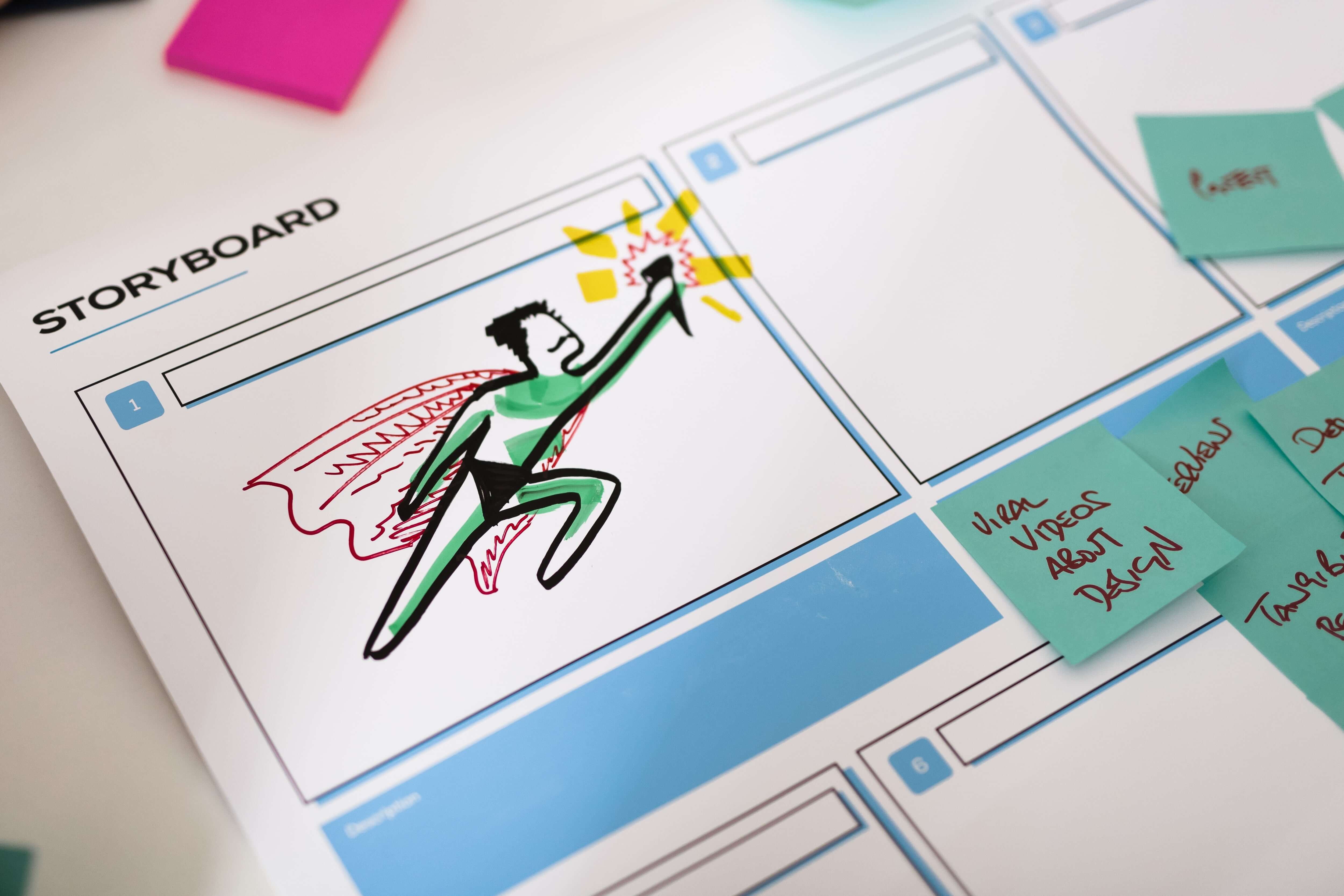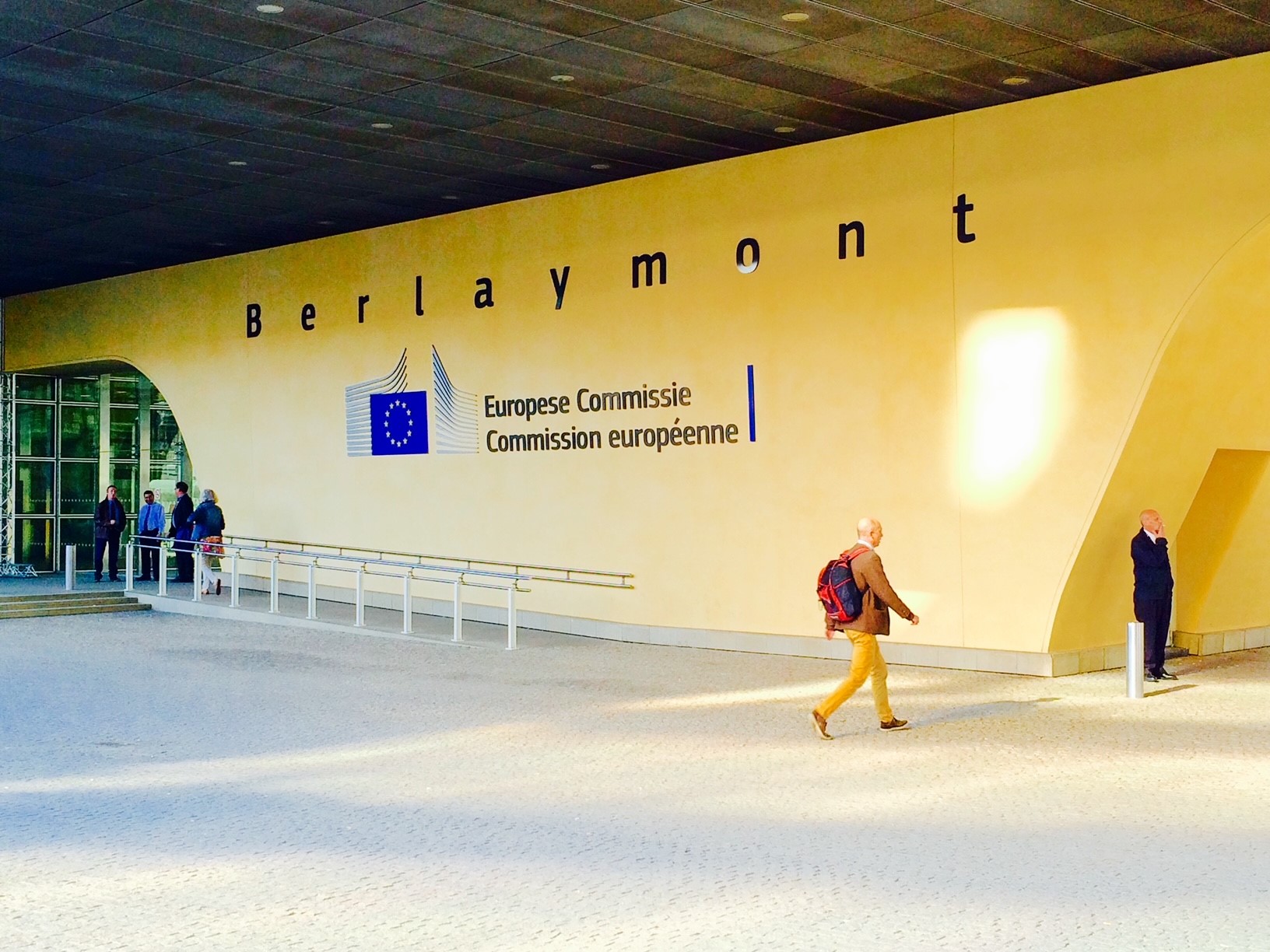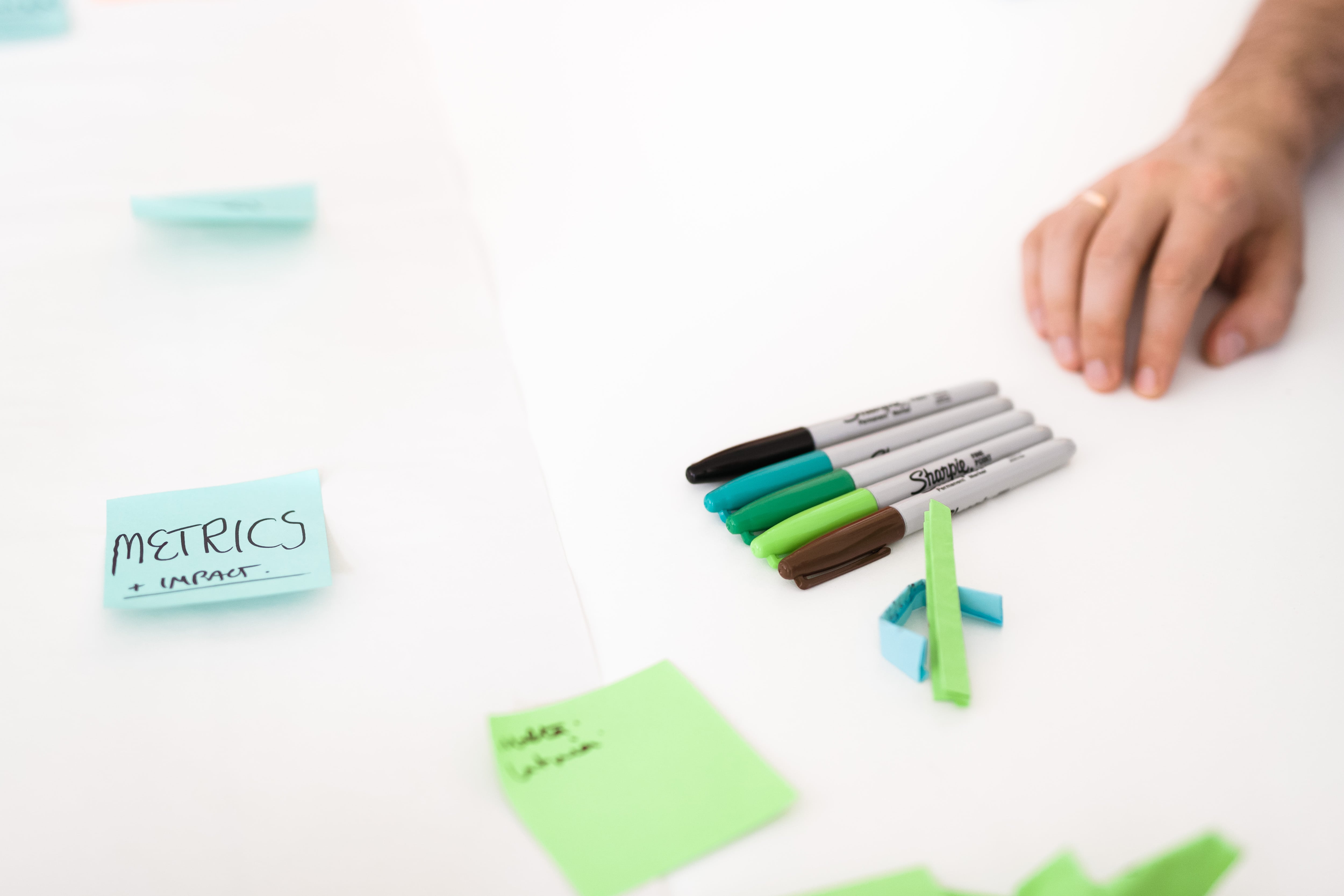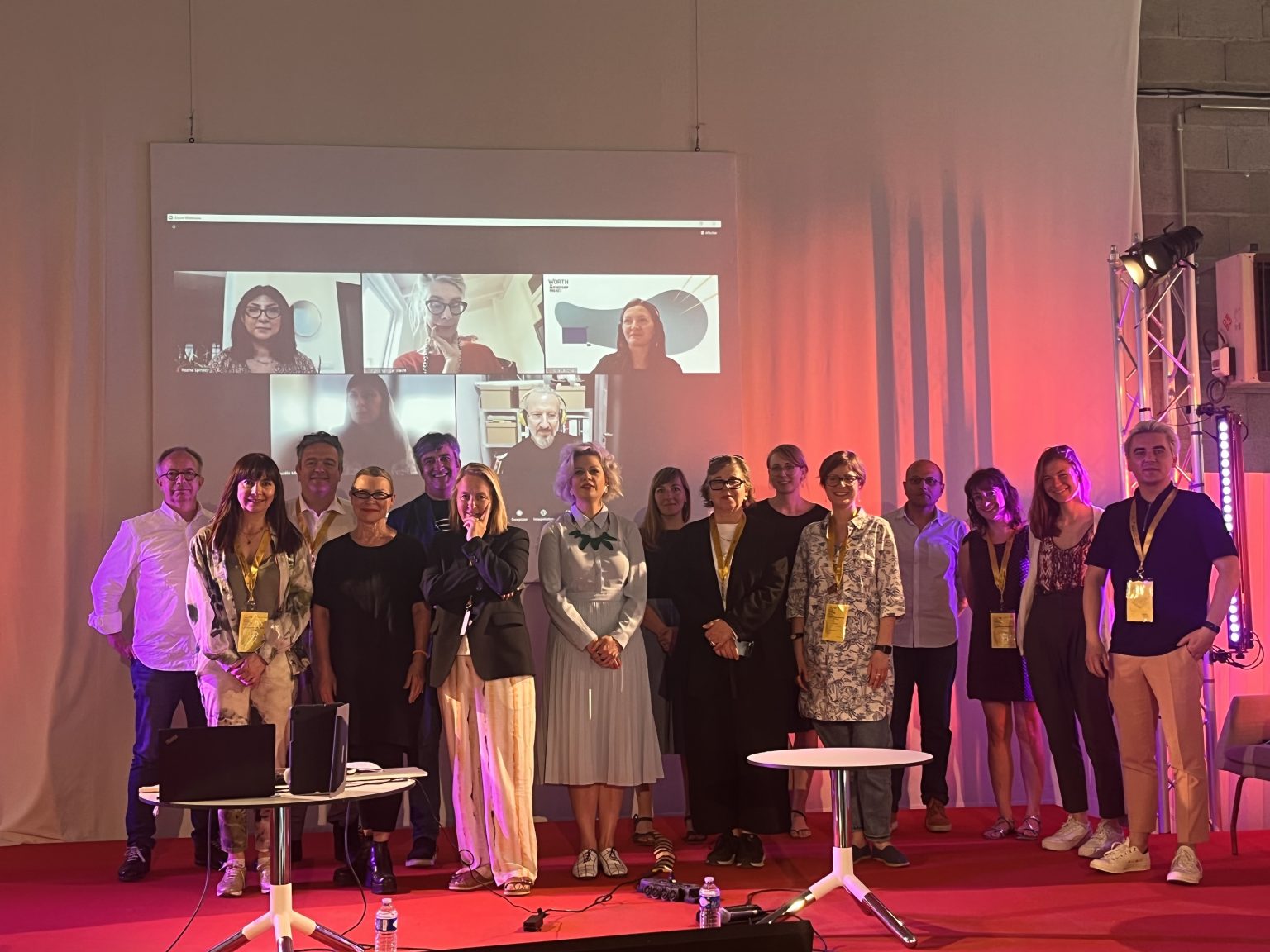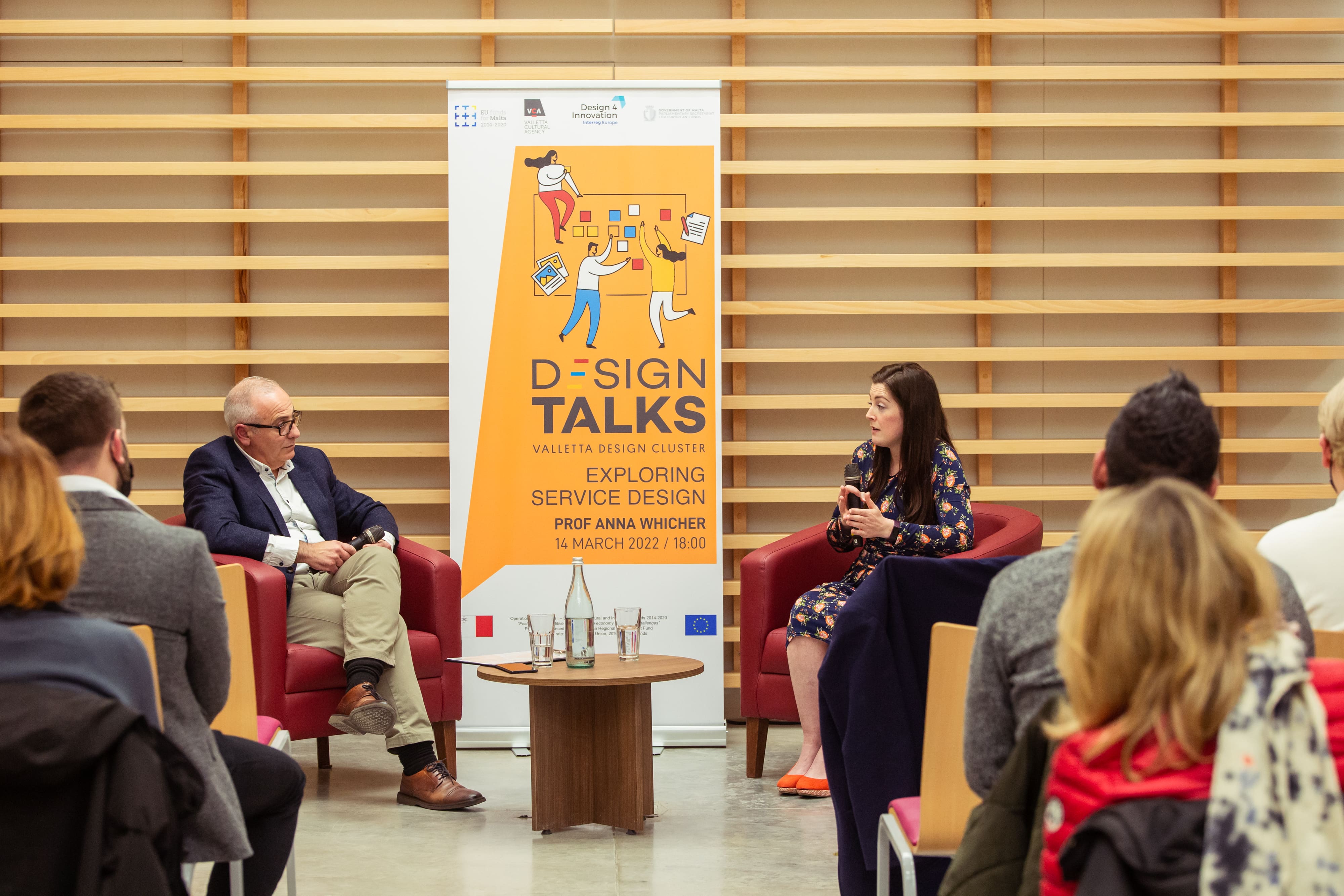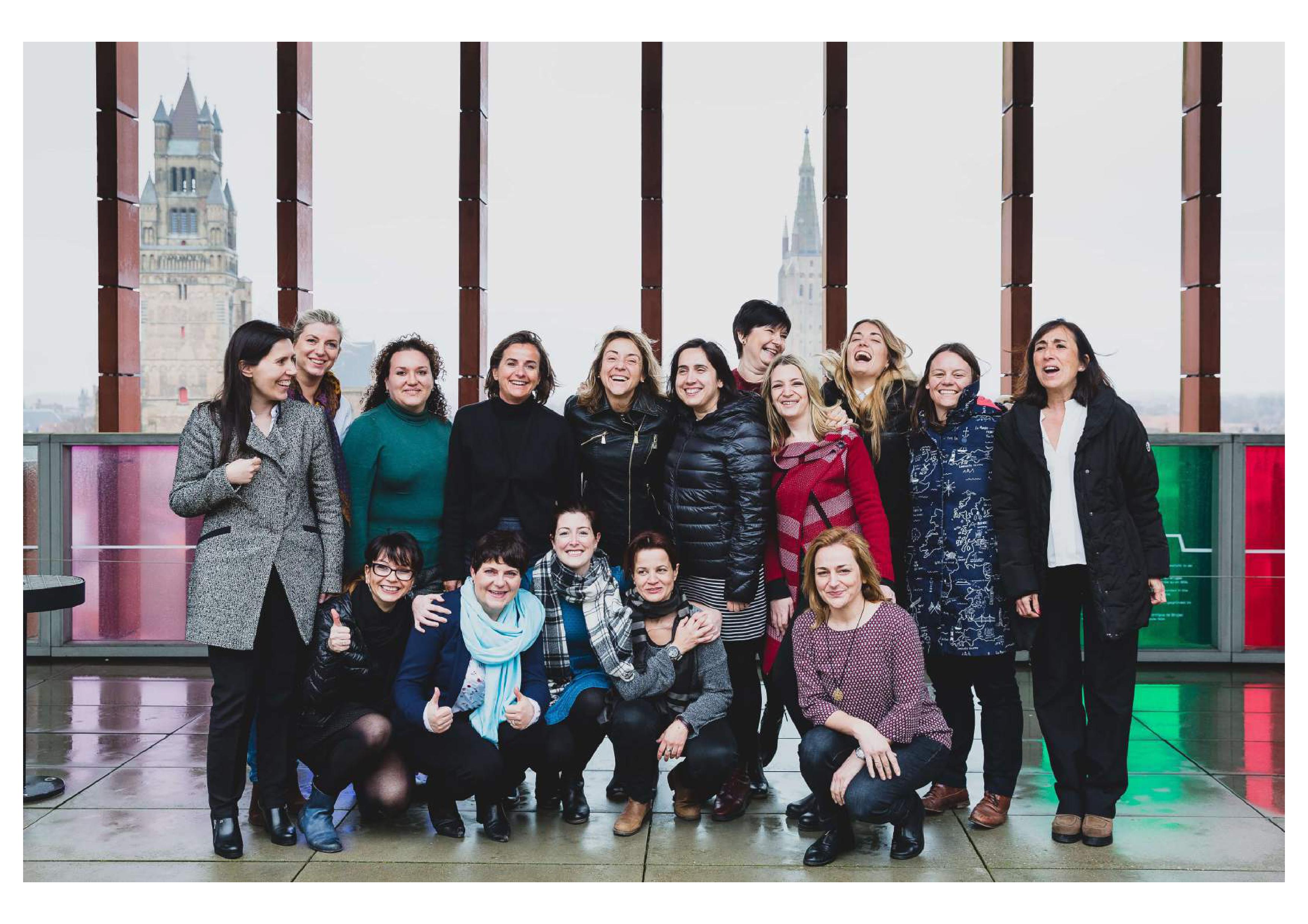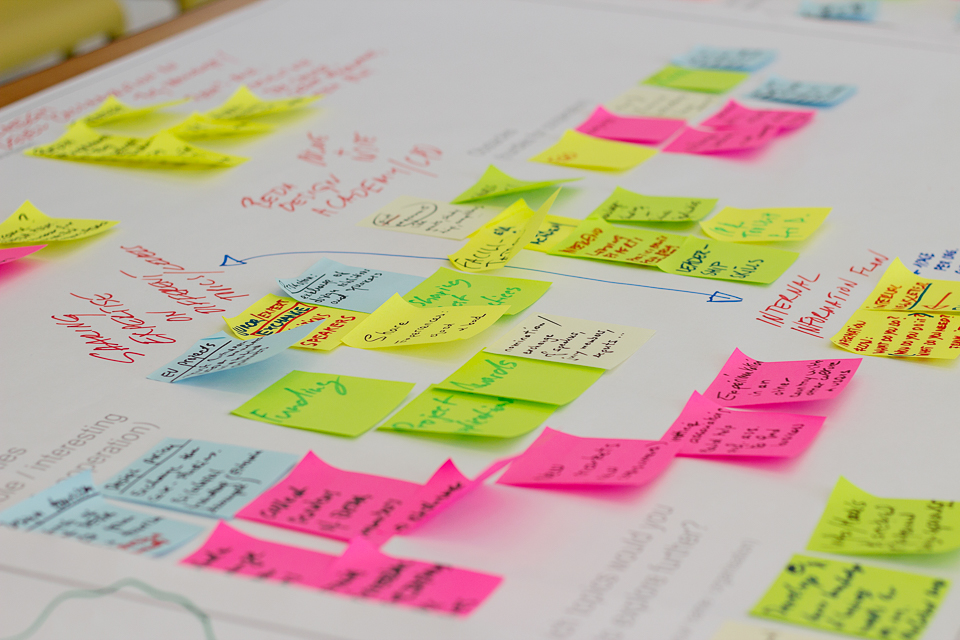Having explored our design-innovation landscapes and the opportunities to influence Operational Programmes, Design4Innovation partners have come to Galicia to share best practice in financial support mechanisms for SMEs. The meeting took place on 7-8th November in Santiago de Compostela and was hosted by the Galician Agency of Innovation (GAIN).




During these two days, the partners presented cases of support instruments, looked at the support processes from an applicant/beneficiary perspective using service design and held study visits to design-driven businesses.
Firstly, we looked into the different types of SME support programmes that provide businesses with funding to start-up, innovate or scale-up.
Financial support instruments in our partner regions range from innovation vouchers, grants, loans and equity investment to combined mentoring and funding programmes for young entrepreneurs. There are dedicated programmes for design or creative sectors, but most of these address innovation broadly and design is included as an eligible cost. The experience of the partners shows that for programmes where design is not the main focus, a more active promotion of design projects eligibility is needed as businesses are usually unaware of this possibility and only small proportion of the funding goes to design related projects.
Instruments presented during the workshop:
- Development Bank of Wales – Wales Business Fund (loans, equity investment and mezzanine funding for SMEs)
- Flanders – Call for innovation with creative industries
- Catalonia – Innovation vouchers grants
- Greece – Grants for micro and small companies to develop their skills in new markets
- Latvia – Innovation vouchers for SMEs
- Poland – Grants for conducting design audit and implementating design strategy
- Malta – TAKEOFF Seed Fund Award fund early-stage technology and start-up development
- Galicia – CONECTAPEME – R&D&I grants for SMEs
- Norway – Design-driven Innovation Programme – grants for design projects in established businesses

In the workshop, we used service design tools – personas and user journey mapping, to think about the support programmes from the perspective of our end users – SMEs. Personas are archetypes of the people that use a service and by developing a range of personas, we can better understand users' needs and expectations. User journey mapping is a tool for visualising a person’s experience of a service through the whole set of circumstances and tasks. It helps to identify pain points and improve the process by making it more transparent, effective and user-friendly. Often quoted challenges, such as excessive paperwork, unclear processes and long decision time are time-consuming and costly, and in effect might deter small companies from applying for support.
The user journey mapping exercise has really opened my eyes to the experience a SME is getting when applying for support. It can take over a year before an enterprise knows the decision on funding, if everything goes to the plan. That is not ideal in a fast-paced world of innovation.



To conclude the first day, we heard from Lilita Sparāne from the Latvian Ministry of Culture about the recently launched design strategy ‘Design of Latvia 2020’. Theis document presents a vision for an increased role of design in government, business, education and society. Lilita’s speech has inspired us to think about our design action plans that we will be developing at the end of phase 1.
Examples of vision statements from 'Design of Latvia 2020':
“Businesses receive state support for both increasing the competency and qualifications of their employees, as well as developing new and/or improved products and technologies that can be put into production. It enables the increase of Latvia’s GDP.”
“Funding and other tools help create new companies and strengthen the existing capacity of innovation.”
“A design component integrated in the processes and services of the public sector creates accessible and quality services.”
The whole document is available in our Library section.
On the second day, GAIN showed us a broad spectrum of good practices from Galicia during study visits. We saw how design helps to both add value and differentiate the offer in a large, small and micro businesses, as well as we visited the technology park Tecnopole and CIS-Madeira wood cluster to see how innovation in Galicia is supported from an infrastructural perspective.
The partners used the opportunity of the partnership meeting to review the project progress, discuss what works and plan the next activities.
In 2018, we are planning to 'go big' and open to the public. At the next meeting in Malta, our project will build on the opportunity to participate in the events of the Valletta European Capital of Culture and will be staging an exhibition of the value of design in SMEs from our partner regions. In the autumn, we are planning to organise a conference in Riga that will be dedicated to Design Action Plans.




